Fungi Isn't So Much Fun!
January 16, 2025
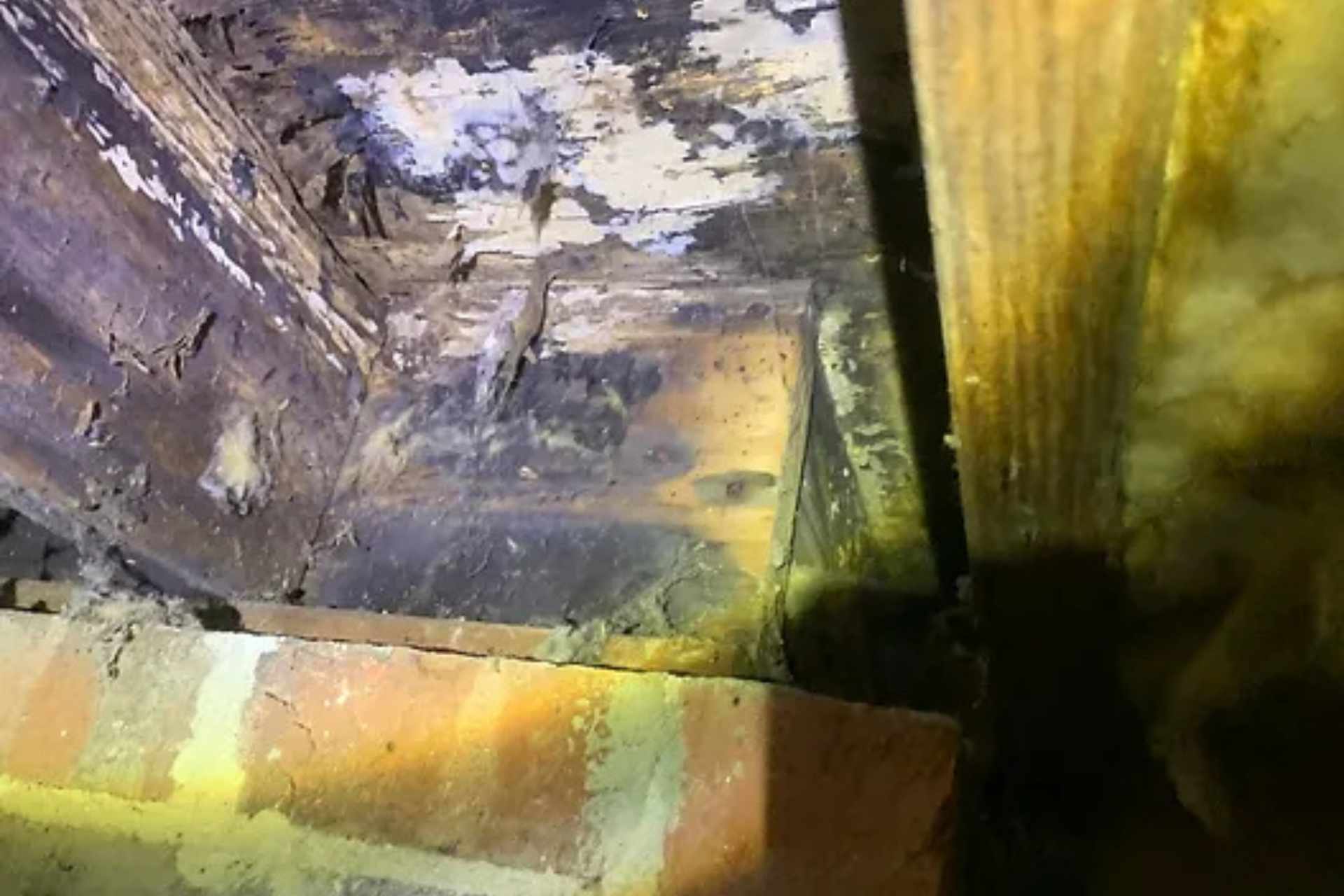
Crawlspaces are one trouble area that homeowners rarely enter, yet they are the cause of so many costly issues. Not only could a deteriorated crawlspace cost you tens of thousands of dollars in repairs, more importantly, they can cost your family their health.
Pait Home Inspections of North Carolina can provide you with your maintenance inspection, new purchase inspection or pre-listing inspection and help prevent costly issues that may be discovered too late.
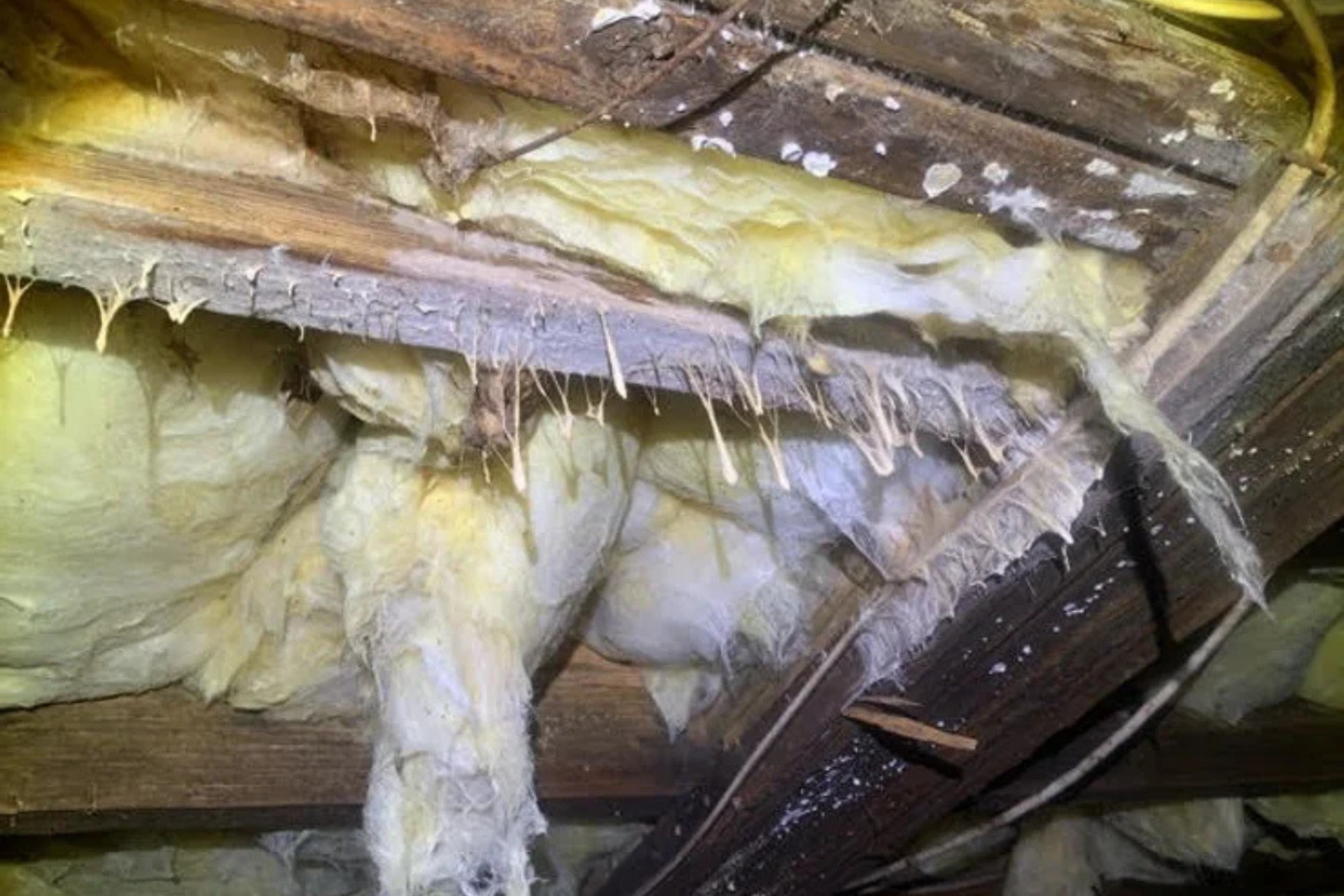
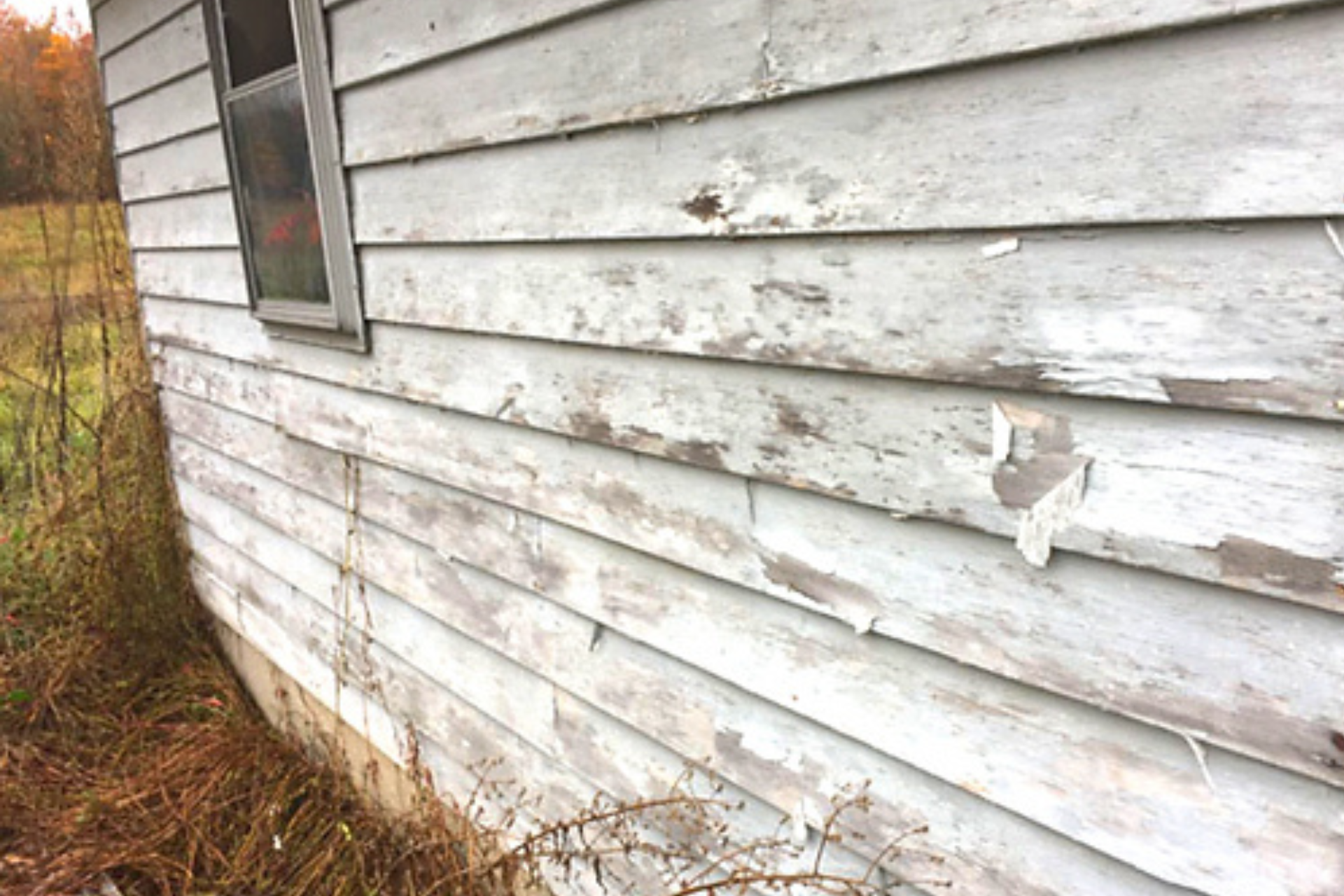
May 20, 2025
North Carolina’s climate is a double-edged sword for homeowners. The state’s warm, humid environment and frequent rainfall create the perfect conditions for moisture-related issues. This combination of heat and humidity can lead to a range of problems that affect both the structural integrity and the livability of your home. The impact of humidity and rainfall North Carolina’s high humidity levels mean that the air often carries a significant amount of moisture. When combined with regular rainfall, this can lead to persistent dampness in and around your home. Over time, this excess moisture can seep into building materials, leading to several common issues.
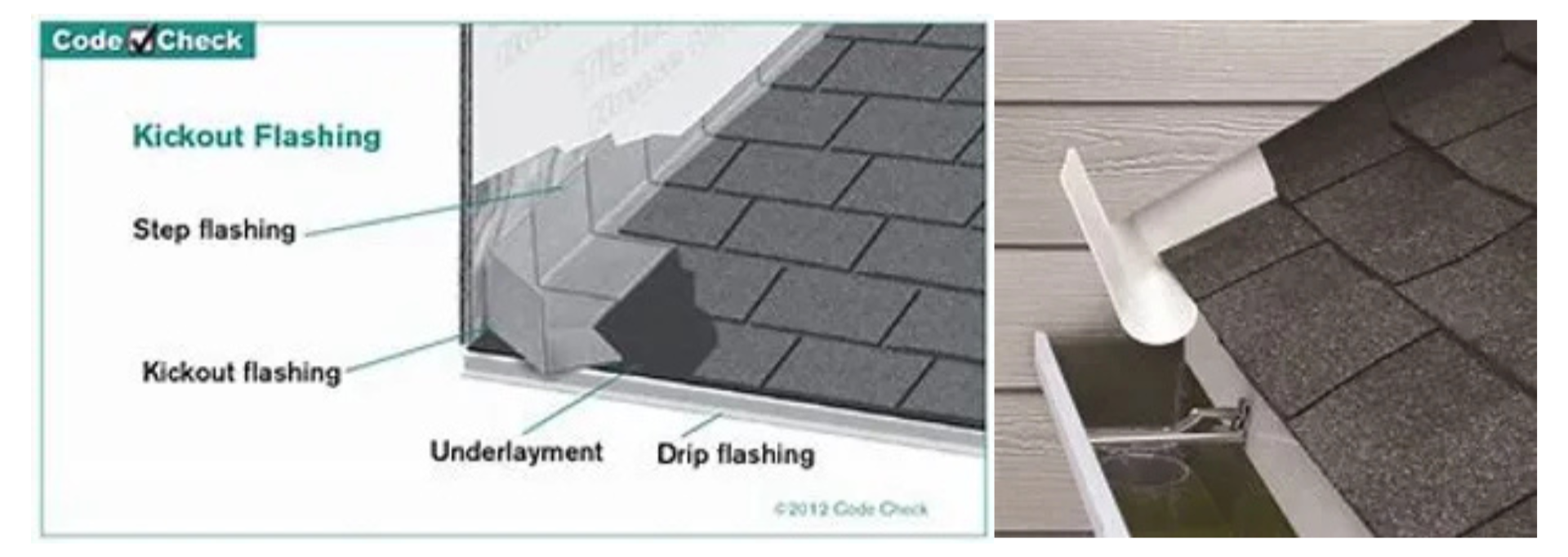
March 4, 2025
Kickout flashing, also known as diverter flashing, performs a much-needed function to protect the hidden components of your home’s building envelope. Within the last 20 years this technique has been implemented to prevent hidden damage to the structure of your home. From exterior wall sheathing, wall framing and even wooden foundation elements, the lack of proper flashing can lead to thousands of dollars in damage. Damage that you may not know exists until it is too late.
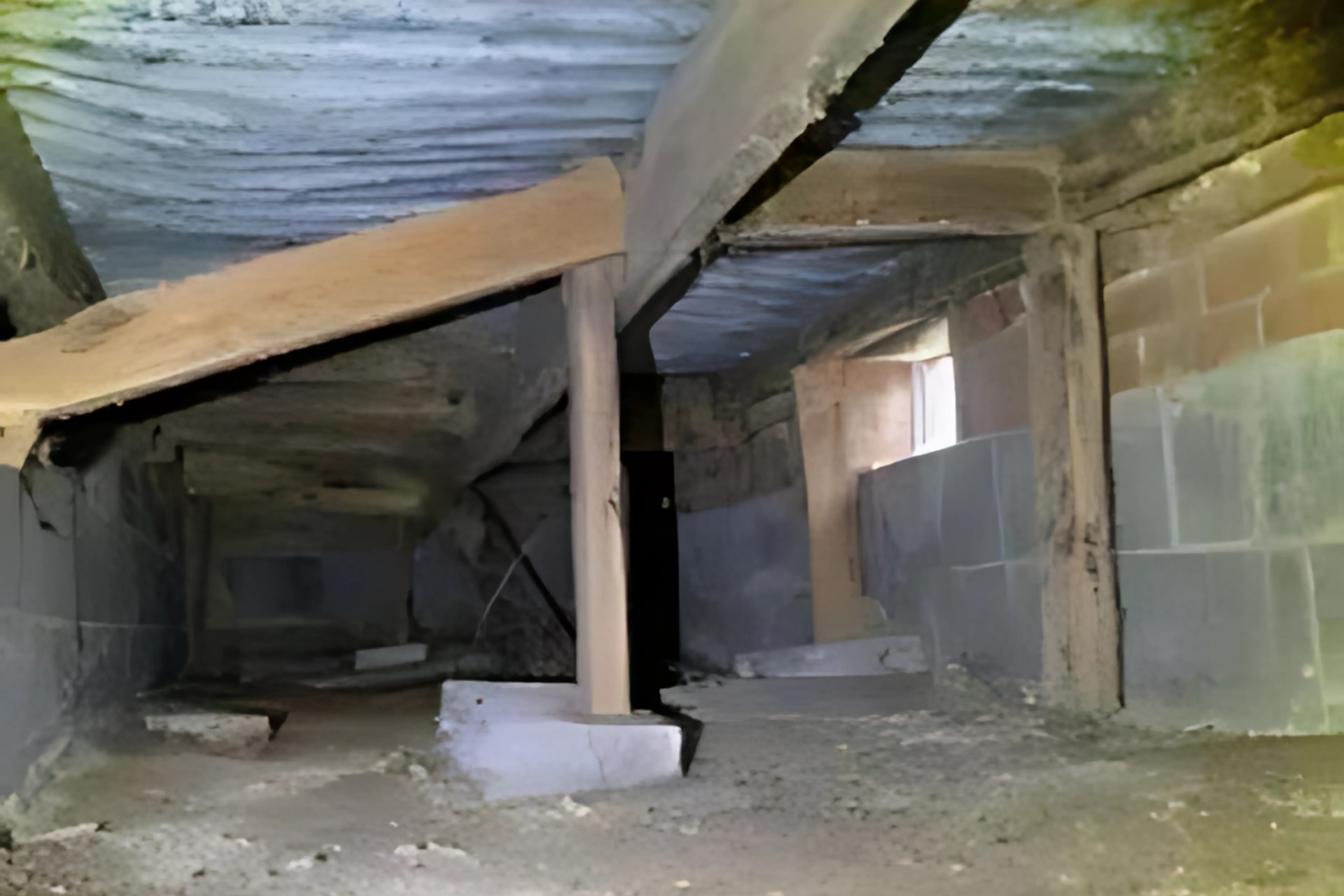
October 3, 2024
Off grade, or homes with a crawlspace, can experience sagging or bouncy floor systems as the home settles. Many homeowners take the do-it-yourself approach and attempt to perform the repairs themselves. While this may save them money in the short term, these repairs are typically temporary, performed incorrectly and will require proper repair before they sell their home. As a home inspector , I run across improper repairs routinely. Dry stacked bricks or masonry CMU blocks are commonly used. Dry stacking bricks is one of the least appropriate forms of a temporary repair. Any lateral movement of settlement will cause the bricks to lean and fail. A proper concrete footing and mortar between each coarse of brick or block would give the appropriate compression and lateral support. Grout filling the CMU cell (filling them with concrete) is ideal. Typically, a 24″x24″x4″ concrete pad is used to support the masonry piers. Be sure to check with a local contractor or engineer to verify this is appropriate in your area.
